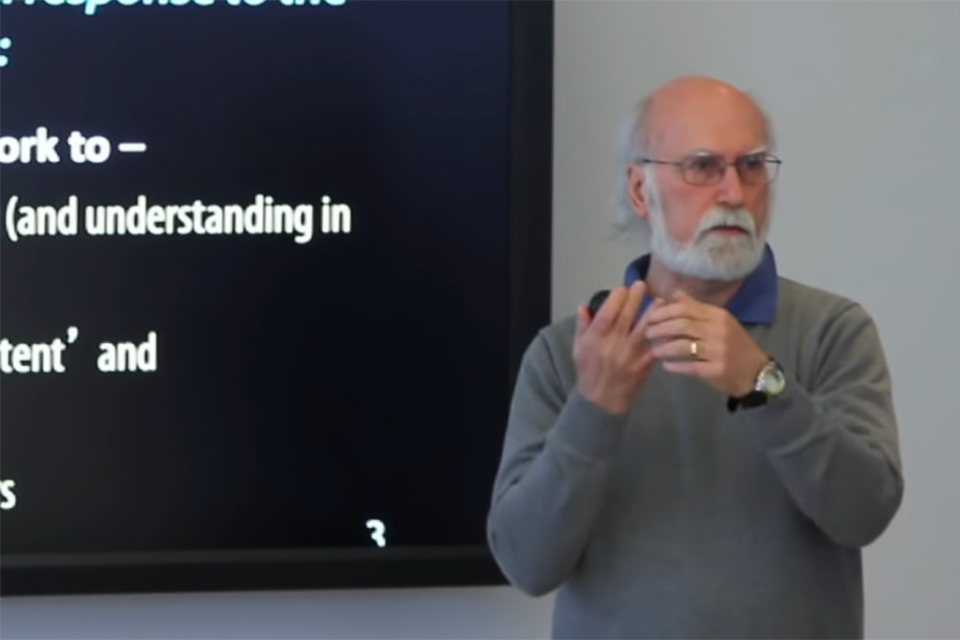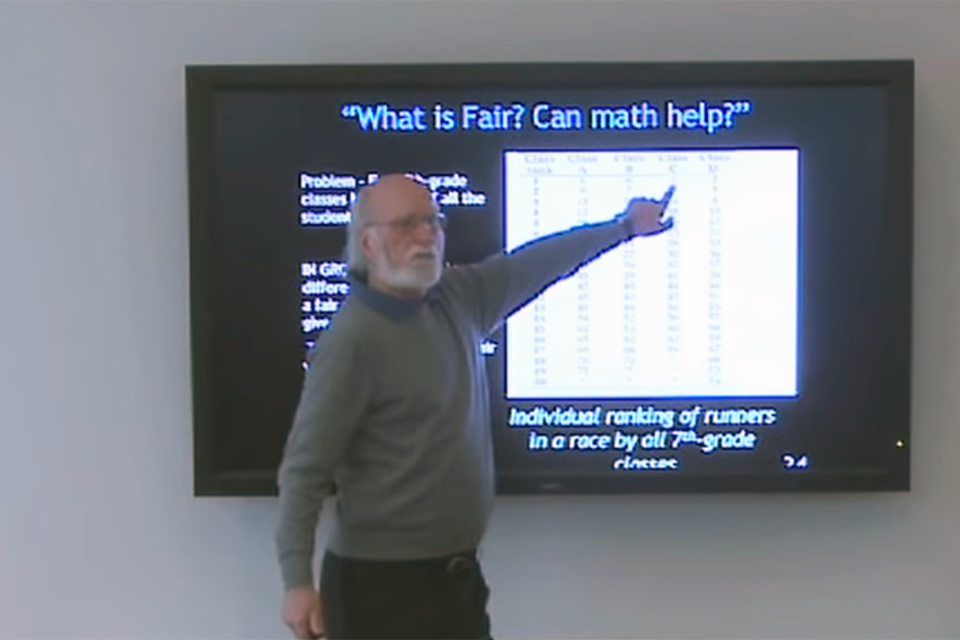Goals and Outcomes
Backward Design
In "Understanding by Design," Grant Wiggins and Jay McTighe offer a framework for designing courses and content units called "backward design." Instructors typically approach course design in a "forward design" manner, meaning they consider the learning activities (how to teach the content), develop assessments around their learning activities, then attempt to draw connections to the learning goals of the course. In contrast, the backward design approach has instructors consider the learning goals of the course first.
These learning goals embody the knowledge and skills instructors want their students to have learned when they leave the course. Once the learning goals have been established, the second stage involves consideration of assessment. The backward design framework suggests that instructors should consider these overarching learning goals and how students will be assessed prior to consideration of how to teach the content. For this reason, backward design is considered a much more intentional approach to course design than traditional methods of design.
Video: Understanding by Design
Presented by Grant Wiggins, president, Authentic Education
The Benefits of Backward Design
"Our lessons, units, and courses should be logically inferred from the results sought, not derived from the methods, books, and activities with which we are most comfortable. Curriculum should lay out the most effective ways of achieving specific results… in short, the best designs derive backward from the learnings sought."
In "Understanding by Design," Wiggins and McTighe argue that backward design is focused primarily on student learning and understanding. When teachers are designing lessons, units or courses, they often focus on the activities and instruction rather than the outputs of the instruction. Therefore, it can be stated that teachers often focus more on teaching rather than learning. This perspective can lead to the misconception that learning is the activity when, in fact, learning is derived from a careful consideration of the meaning of the activity.
As previously stated, backward design is beneficial to instructors because it innately encourages intentionality during the design process. It continually encourages the instructor to establish the purpose of doing something before implementing it into the curriculum. Therefore, backward design is an effective way of providing guidance for instruction and designing lessons, units and courses. Once the learning goals, or desired results, have been identified, instructors will have an easier time developing assessments and instruction around grounded learning outcomes.
The incorporation of backward design also lends itself to transparent and explicit instruction. If the teacher has explicitly defined the learning goals of the course, then they have a better idea of what they want the students to get out of learning activities. Furthermore, if done thoroughly, it eliminates the possibility of doing certain activities and tasks for the sake of doing them. Every task and piece of instruction has a purpose that fits in with the overarching goals and goals of the course.

